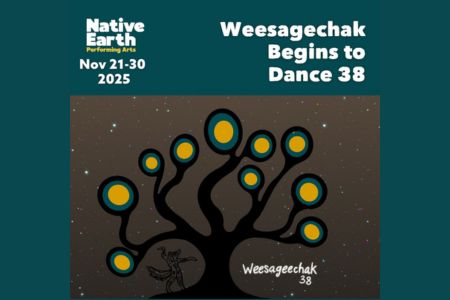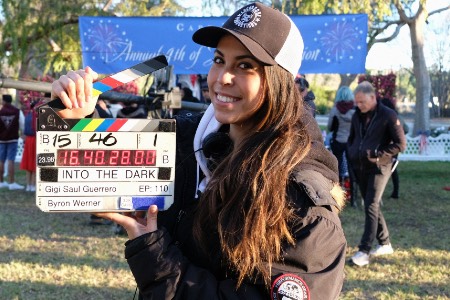A couple of weeks back, I came across the article in The Toronto Star about Daniel Rotsztain‘s drawing / art project showcasing all of our Toronto’s public libraries. And thought to myself, what a neat project!
Although Rotsztain has been receiving a lot of media attention already, I was curious about his work and set out to do a virtual interview with him. This is what he shared with me.
HM: You are an Urban Geographer. For those who have yet to discover your website, can you tell us how you define your profession?
Daniel Rotsztain: I first discovered Urban Geography during my undergrad at McGill. I remember taking a class called “The Canadian City” and being overjoyed that there was a discipline dedicated to things that I was already passionate about: urban spaces and their magic, good city design, social justice in the city, the importance of transit, the messiness and organic nature of the city.
By the end of my undergrad, I realized academia wasn’t my thing… So I turned to art. I find that Art is undefined in its pursuit of communication, and there’s more freedom to say the things you want to say the way you want to say them.
I suppose my quick definition of an Urban Geographer would be: someone who understands the spatial relationships within a city, tries to make sense of the city, tells the stories of cities, and perhaps, someone who is dedicated to making the experience of living in cities better.
HM: I noticed you have and are working on various projects. What is Carolinia, Toronto’s Bioregion about exactly?
DR: These days, a lot of people think of cities as unnatural. I think otherwise: cities are as natural as any ecosystem. The bricks that old Toronto houses are made of, literally came from the earth that Toronto is built on top of. Carolinia: Toronto’s Bioregion proposes we change the way we think about Toronto to make its ecology more prominent in its identity, and make us feel more connected to the earth beneath our feet.
A bioregion is a geographic area identified by distinct ecology, geology, climate, watershed and human culture. It’s a way of parcelling human cultures into regions not by random political borders but by meaningful borders: mountain ranges, rivers and ecosystem. Toronto is at the northern tip of a very southern deciduous forest that stretches all the way to the Carolinas. Known as the Eastern Deciduous Forest in the US, it’s called the Carolinian forest in Canada.
Looking at the characteristics of Toronto’s underlying ecology explains a lot about its human culture: it’s densely populated flora- and fauna-wise, and one of the most diverse ecoregions in Canada, which is also true about its human population. Our older buildings have a distinct architectural style that can be related to the materials they are made from and the local weather conditions.
 |
| Carolinia Map. Photo courtesy of Daniel Rotsztain |
HM: Your All The Libraries project, in which you draw every branch in the Toronto Public Library, was written up in The Toronto Star. I find it super interesting! What are your hopes for this project moving forward besides the website and publishing a book?
DR: By visiting all the libraries in Toronto, I learnt that the Toronto Public Library is a system that is working incredibly well post amalgamation. Many people focus on the divisions and inefficiencies that amalgamation caused, without looking at constructive solutions.
The successful Toronto Public Library can be a model for systems in the city post amalgamation. It benefits from being centralized but allows its various outposts to have a meaningful amount of independence. Beyond writing the book, I am going to continue to research what is making the Toronto Library so successful and how that can be applied to other parts of the city.
HM: Out of the various projects you have going on, I’d like to learn more about the Learnt Wisdom Lectures. How did these come about?
DR: The Learnt Wisdom Lecture Series was inspired by the Fuller Terrace Lecture Series in Halifax Nova Scotia, an storytelling series I attended when I lived there hosted by some friends. They started inviting people to their backyard to share stories with a different theme every week.
When I moved back to Toronto, I missed the weekly Fuller Lectures, and the community it created, so my partner and I decided to start our own version. But ours is a bit different. Our venue is roving: we host the lectures in often overlooked or neglected spaces all over Toronto, with a different space every month. In this way, urban exploring becomes a critical part of the event… Each [one] has a theme, and each talk culminates in a one liner take-away wisdom. Look out for the next ones!
HM: Lastly, any upcoming Toronto events where people can meet you, hear you speak, or see your work?
DR: Prints of my work are on display and available for purchase at the Toronto Comic Arts Fesitval‘s pop-up shop at the Toronto Reference Library. When the 100th branch of the Toronto Public Library opens in the Spring, all 100 drawings will be displayed there.
I am speaking at the April Edition of Nerd Nite on Thursday, April 9, at the Tranzac Club, and am scheduling a talk at the Riverdale Library in the coming months. I’m also hosting a Jane’s Walk in May, come explore some of the city’s branches with me!
I’d say Rotsztein leads a very interesting life, and his answers have definitely made me think of Toronto in a different way. I encourage you to visit his website, and find out more about his projects. Here is hoping you join in his adventures in the upcoming weeks and months, too! There is a Nerd Nite with my name on it for sure.
















